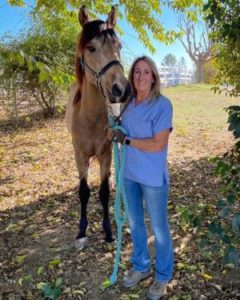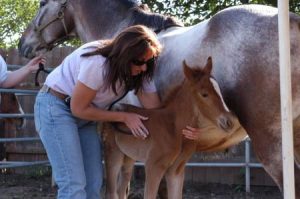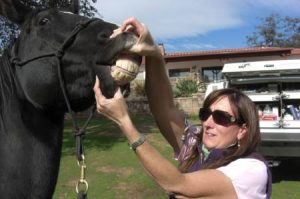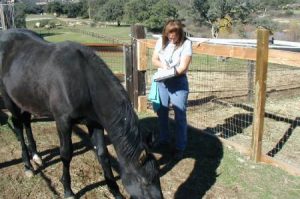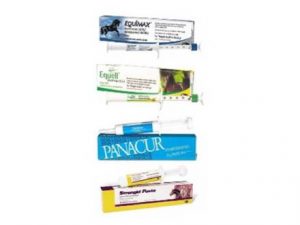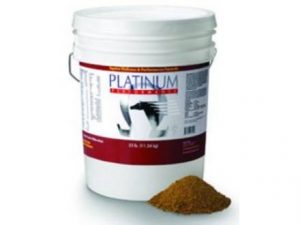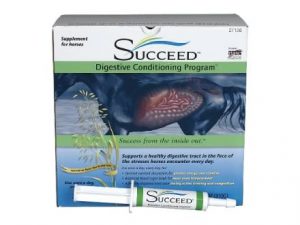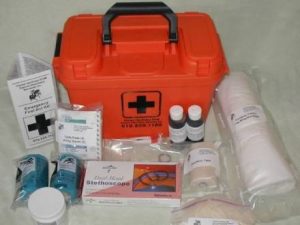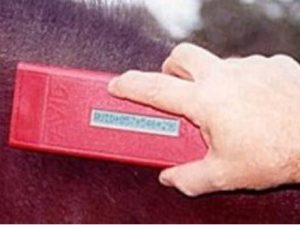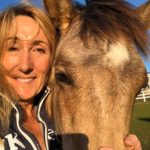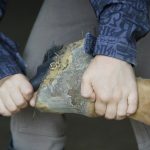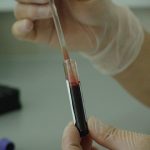
Blood platelets are recognised for their function in clotting. Blood platelets as well release substances that encourage tissue repair and influence the reactivity of vascular and additional blood cells in the formation of new vessels and in inflammation.
When activated, the blood platelets release their storage pool of powerful growth factors.
Platelet Rich Plasma (PRP) injections were 1st practiced in human medicine for tennis elbow and plantar fasciitis. 93% of patients treated reported an decrease in painfulness without going through surgery. It has as well been applied in human dental patients to reduce healing times and minimize dental visits.
- Mediate inflammation
- Affect tissue growth
- Stimulate cell regeneration
- Reduce scar tissue formation
- Have an analgesic (pain relief) effect
- Available - PRP is created patient-side with simple centrifugation
- Autologous - won't be rejected by the patient’s immune system because it's made up of the patient’s own blood.
The trauma is diagnosed with an ultrasonography examination.
Wait for the bulk of inflammation to lessen (7-10 days), applying icing and anti-inflammatory drugs to assist in reducing the swelling. (*** This step might not be essential whenever the wound is already chronic***)
60 cc of blood pulled from the jugular vein in a specially prepared syringe, placed in a disposable container and spun in a proprietary centrifuge for 14 minutes.
The majority of the platelet poor plasma fluid is abstracted, allowing 4 – 8 mls of PRP = the autologous blood platelets concentrate enriched with growth factors.
The leg is scrubbed up and a territorial nerve block is executed higher up from the area to be injected.
The lesion is injected with ultrasonography direction. Multiple needles OR “splitting” of the lesion frequently executed. 2-4 mls of PRP is injected. A second portion is frozen for possible use in 30 days.
The leg is bandaged for 24 hours. The horse is stall rested for 2 weeks with hand walking, accompanied by 2 weeks of stall rest with walking under tack. No turnout during this period.
Recheck ultrasonography examination at 30 days to evaluate healing. Whenever not entirely healed, the second fraction may be thawed and injected at this time. If the lesion is mended, a slow return to work over the next 60 days is commenced.
If you have any questions about Platelet Rich Plasma contact us at 619-659-1180.

